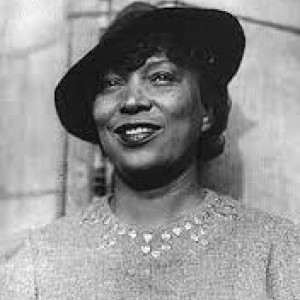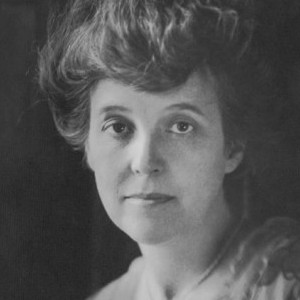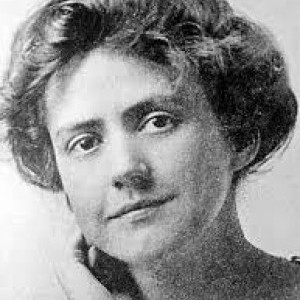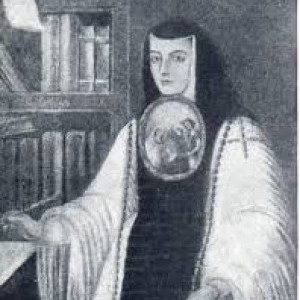Dulcitius
About the Play
late 10th century
Unknown
6+ men, 5+ women
Comedy,
One-Act
Public domain; translated from Latin (http://www.classics.ucsb.edu/classes/clas130-F08/week8/3.DULCITUS.htm)
Summary
Governor Dulcitius of Macedonia seeks out the holy virgins Agape, Chionia, and Irene with intent to rape them. He enters their dwelling, but his evil intent is negated: he becomes the victim of a delusion, under which he mistakes for the objects of his passion the saucepans and frying pans in the kitchen. These he embraces and covers with kisses until his face and clothes are black with soot and dirt. The three virgins look on and laugh; the governor is humiliated by their controlling the situation and undermining his authority and his masculinity. Later, by order of Diocletian, he hands the maidens over to the care of Sisinnius, who is charged with their punishment. Sisinnius in his turn is made the sport of strange delusions, but at length succeeds in getting Agape and Chionia burnt, and Irene shot to death with arrows.
Background
Dulcitius was an historical figure, serving as governor of Macedonia some time during the fourth century AD; Agape, Chionia, and Irene are actual Christian saints who were martyred by Dulcitius—Agape and Chionia for refusing to eat food that had been sacrificed to the gods, and Irene for keeping Christian books in violation of local laws. Hrotsvitha’s play remains one of the few surviving readable plays from the Middle Ages (hence its dramaturgical and historic significance), and for being very progressive in its ability to reclaim theatre and incorporate it into the Christian tradition. The play Dulcitius, as a result of its age and the society in which it was written and set, poses interesting questions about dramatic form, female representation, translation and staging, and the role of religion in drama—Hrotsvitha wrote in a world in which our traditional dramatic strictures did not exist; as such, Hrotsvitha was free from form to create a different type of play that is worth analyzing, especially with a contemporary eye. In short, it holds up very well.
About the Playwright

Born 930-935, Died 973-1002 EARLY YEARS: Most information about Hrotsvitha is inferred from primary source materials, as exact biographical details about her life have been lost to history. She is confirmed to have been a tenth century canoness, which is a precursor to what is known now as a nun; secular canonesses similar to Hrotsvitha were usually members of wealthy, noble families, especially in Germany, and their superiors, known as abbesses, were also of notable upbringing and rank. Hrotsv…
View Profile
One Play at a Time Participating Universities
Susquehanna University
Roanoke College
Stony Brook University
Wabash College
Penn State University
University of California, Riverside
Otterbein University
University of Texas at Austin
Tulane University
University of Tennessee at Chattanooga
University at Buffalo, SUNY
Bucknell University
Augustana College
The City College of New York, CUNY
Elon University
Michigan State University
Catawba College
University of Central Florida
University of Maryland
Hobart and William Smith Colleges













